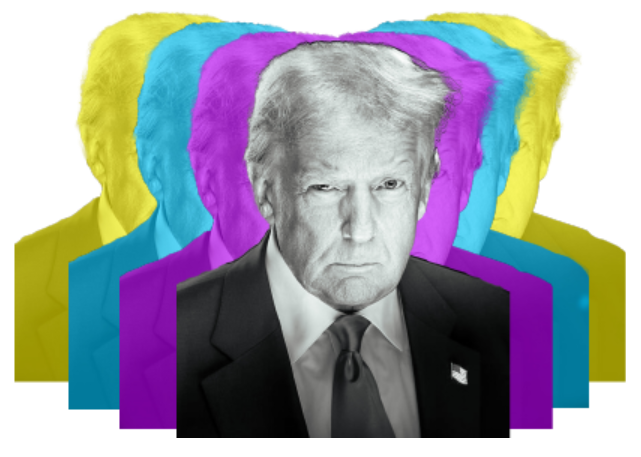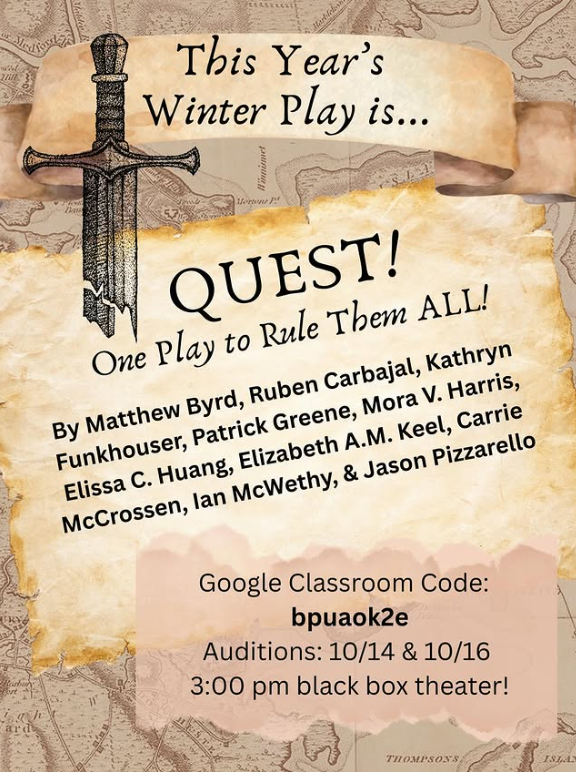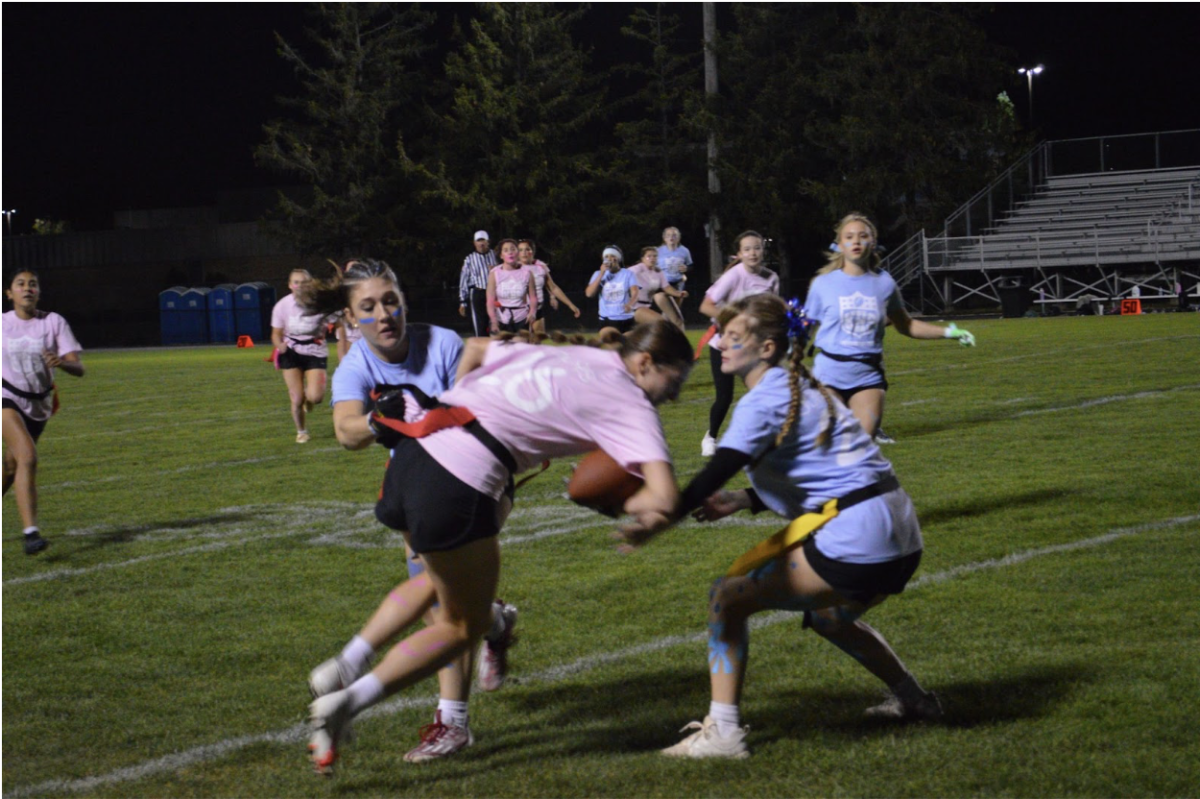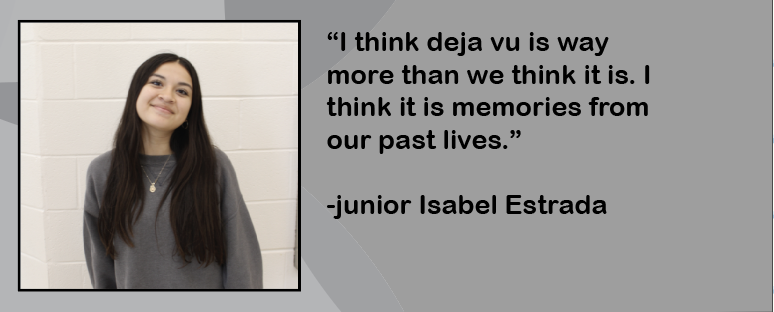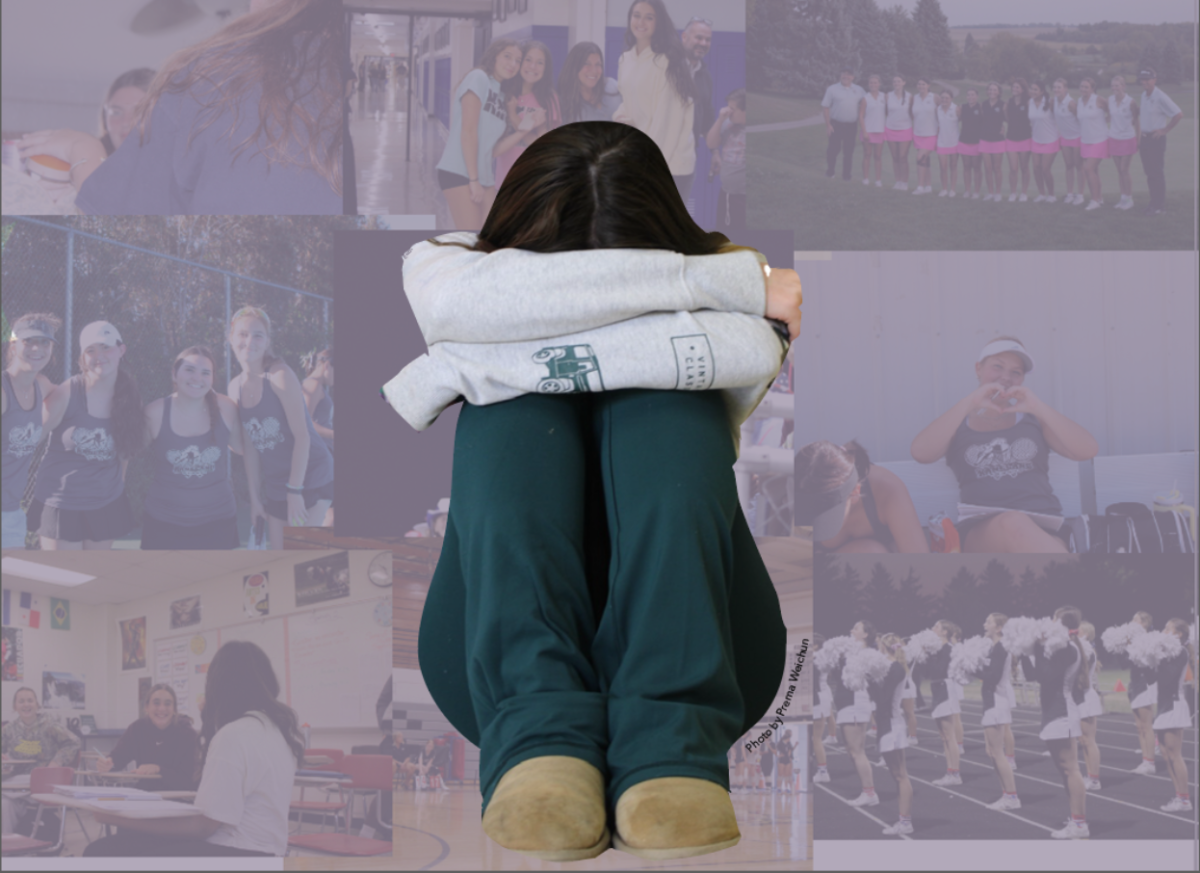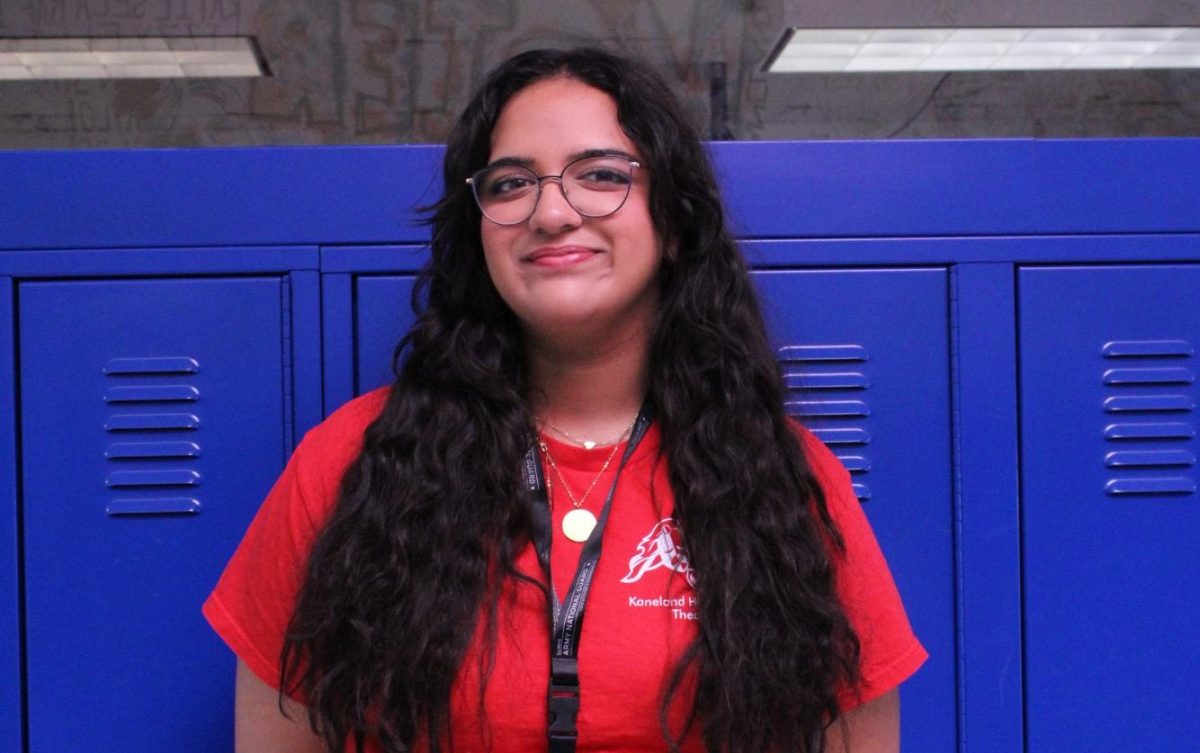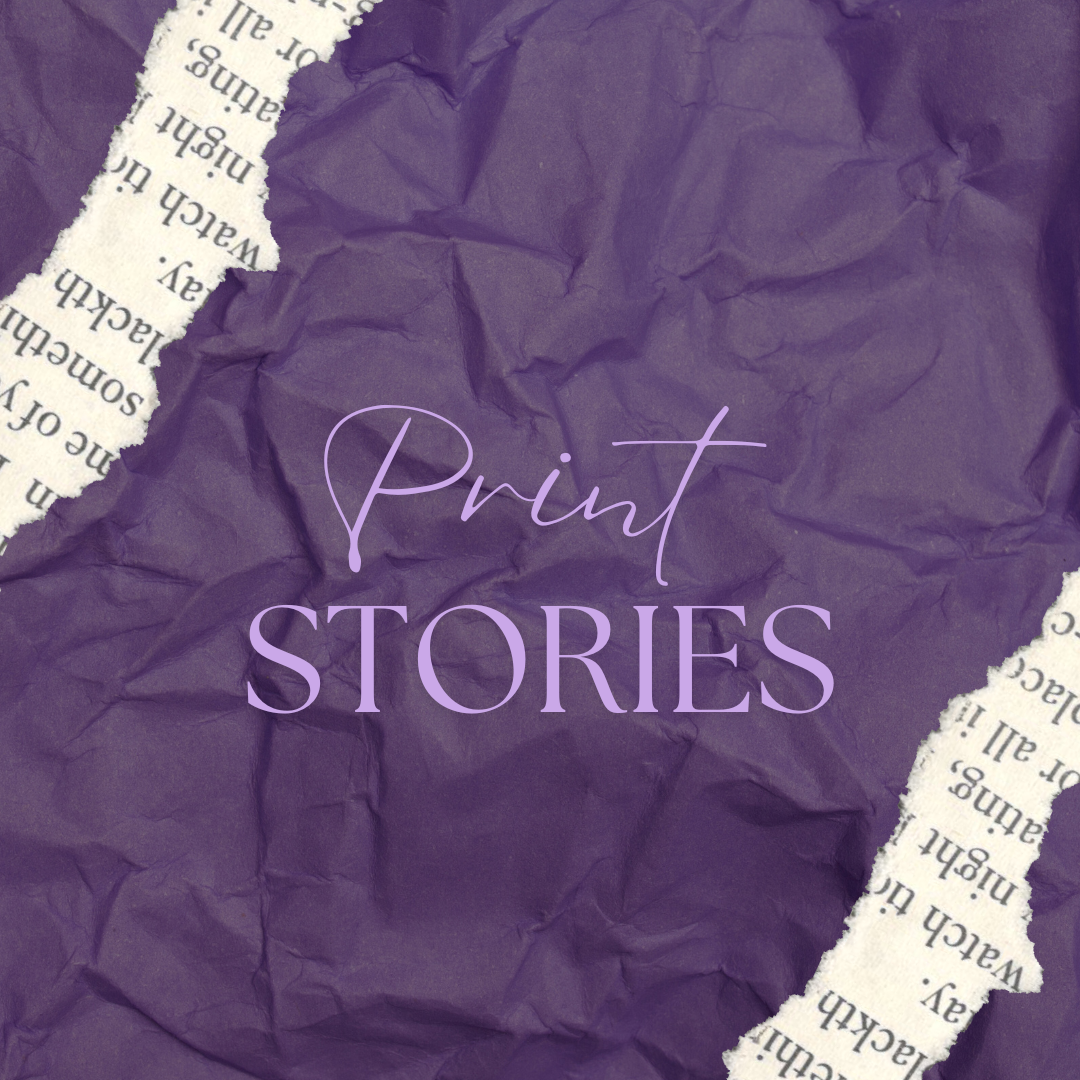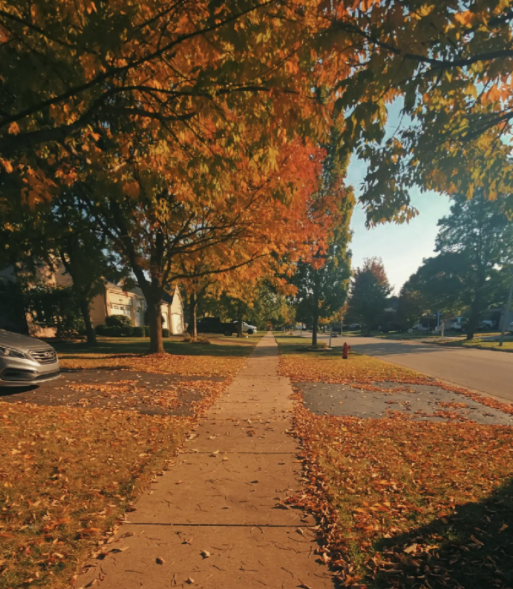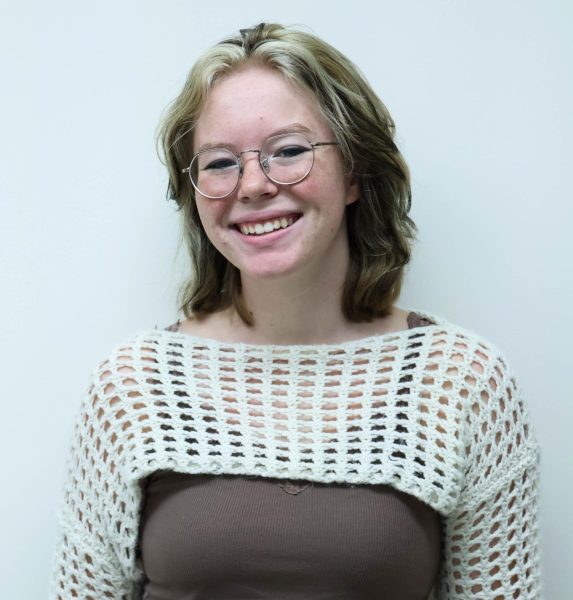We have been warned for decades that artificial intelligence (AI) would one day takeover the world. From the Terminator’s
Skynet to the very first idea of robots claiming control back in a 1921 science-fiction play written by Karel Čapek entitled Project Gutenberg’s R.U.R. (Rossum’s Universal Robots), many people have predicted the world being dominated by robots, and now that fear is seemingly becoming more realistic.
Popular Science conducted a study that revealed the number of publications focusing on AI has almost doubled from 162,444 in 2010 to 334,497 in 2021. According to Tech Jury, approximately 77% of businesses are either using or exploring the usage of AI, which could eventually lead to almost every business using AI in some form. Justin McGill, the founder of Content at Scale, a first-of-its-kind content automation tool incorporating AI, led a study in March on how many AI startups there were and how many actual websites or products were using AI. There are 14,700 AI startups in the United States alone, and there are predicted to be hundreds of thousands of products that rely on AI completely. Many of these products have become increasingly popular with students and teachers alike.
In high school and middle school, the use of AI has become more apparent. Many students will use chatbots like Photomath or ChatGPT to try and cheat on their tests or homework. Other students may use them as tools to help them understand a concept or find inspiration. Even though both types of students use the same apps, some see their purposes differently.
“I think that people who use [those apps] to purposely cheat are very lazy and just don’t want to put in any effort,” junior Keiton Westfall said. Instead of asking a teacher to help, some students first go to the seemingly unlimited resources their phones provide them. Westfall said, “I have used ChatGPT to help spark an idea of what I want to write. Copying and pasting word for word what the app says is what I consider cheating.”
ChatGPT was launched on Nov. 30, 2022, rising to fame within a few days and quickly gaining close to one million users due to the attention it was getting on social media apps like TikTok, Instagram and Twitter. What made ChatGPT truly popular was that unless you knew that it was a robot, the responses seemed as if they were coming from a human. OpenAI, the developers of ChatGPT, used an advanced coding system to make the replies seem human and natural. However, according to the OpenAI Help Center, “It is important to keep in mind that this is a direct result of the system’s design (i.e. maximizing the similarity between outputs and the dataset the models were trained on) and that such outputs may be inaccurate, untruthful, and otherwise misleading at times.”
The popularity of the app also caught the interest of writers Trey Parker and Matt Stone, the creators of the popular animated series South Park. They wrote an episode entitled “Deep Learning” that aired in March and took a jab at people using ChatGPT in schools and relationships, while also being co-written by the app itself.
While ChatGPT is a widely known app that students use for different reasons, Photomath is also an extremely popular tool used by students who take pictures of their assigned problems and then seek solutions to the equations.
“Photomath is a great tool to help learning,” math teacher Kristin Massey said. “It can show students and teachers new ways of solving and give ideas on how you can solve something.”
Sophomore Luke Pawlak agrees with Massey, as he also sees the benefits of Photomath from a student perspective. “I love Photomath because it’s a great way to check your answers,” Pawlak said. “I have used [Photomath] because when I don’t know an answer to a problem or am confused, it helps me out.”
With the apparent rise of students using AI resources to cheat, though, there are teachers who are planning to address the issue in their classes. English teacher Kristen Johnson has caught students using ChapGPT multiple times and has made them redo the assignment they cheated on.
“Using ChatGPT runs on the same equivalent of plagiarism, in that the expectation is that they rewrite it and that there is a referral written for academic dishonesty,” Johnson said. “There is more legwork on my part to prove it, meaning that I have also used ChatGPT to see what it does and to give more evidence to the student who was caught cheating.”
In math classes, the repercussions are similar. “I have to talk to them and tell them that I know they used Photomath and let them know that the whole point of [their work] is to do your own,” Massey said. “I give them the option to redo it, and if they choose to redo it, they have to redo it with me after school. And until they redo it, the score stands at a zero.”
Just like teachers, administrators can also use apps like ChatGPT and Photomath to understand how and why students use them. With tools that can do work for students and teachers alike, more people can abuse them, making it harder for people to complete work truthfully. Principal Dr. James Horne, with his roles as an administrator, a parent and a former classroom teacher, has a unique perspective.
“If it is being used as a learning tool to expand the student’s understanding of something, I think it is great,” Horne said. “If it is being used to complete assignments and get the student out of completing a task, this is not helpful as the student is not learning. As a society, we face a difficult challenge regarding AI, as the technology is growing faster than our understanding of how to utilize it.”



